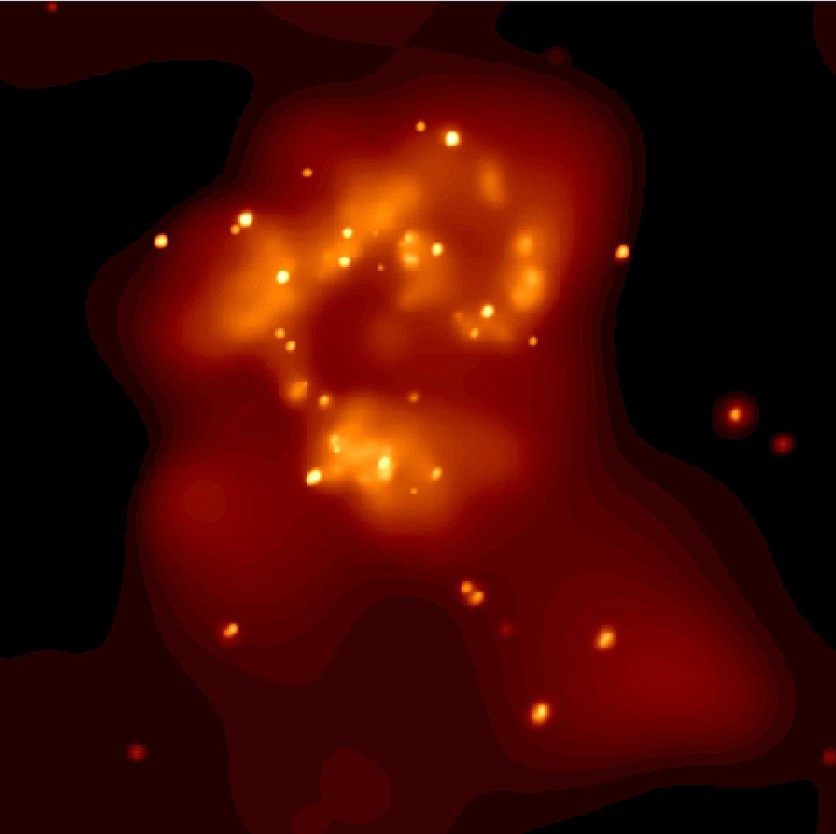Astronomers have found a second repeating Fast Radio Burst (FRB), FRB 190520, that raises new questions. The nature of FRBs is still mysterious, yet its usefulness as tools for studying the universe remains to be seen.

FRB 190520 was discovered via the 500-meter Aperture Spherical radio Telescope (FAST) in China. The first burst that was recorded was on May 20, 2019. What makes it different from the rest of FRBs is that it emits frequent and repeating radio waves.
The location was found in the outskirts of a dwarf galaxy almost 3 billion light-years from Earth via the Subaru telescope in Hawaii. It is also found that the object emits weaker radio waves between bursts constantly.
The discovery was a major breakthrough because it provided the first information about the distance and environment of an FRB. However, its repeating bursts and persistent radio emission between bursts make it unique compared to the other FRBs.
Currently, there are two FRBs that have the same behavior. The other one is the FRB 121102, which was discovered in 2016.
The increase in the number of bursts allowed astronomers to use them to study the other parts of the cosmos. They can be used to measure the content of the space between galaxies.
The Studies So Far
Astronomers suggest that there may be two different mechanisms that produce FRBs. Another suggestion is that the objects may act differently at different stages of their evolution.
The leading candidates for the FRBs sources are the neutron stars left over after a supernova or those neutron stars with very strong magnetic fields, which are also called magnetars.
Usually, astronomers would analyze how the material intervenes in the radio waves. One effect takes place when radio waves go through the space with free electrons. Therefore, higher-frequency waves travel more quickly compared to lower-frequency waves. The effect iscalled dispersion.
Dispersion can be used to determine the density of electrons in space between the Earth and the object. However, this didn't work for the FRB 190520, which could mean that there's more material near the FRB.
Speculations arise that this newly-discovered FRB may still be a "newborn," and is surrounded by dense material from a supernova. They think that once the material dissipates, the dispersion of the burst signals would decline.
Currently, the FRB field is moving fast and astronomers are getting discoveries every month. Still, this leaves many big questions and the FRB is providing clues about those questions.
In the meantime, we just have to wait and see what further discovery will unfold as these mysterious objects billions of light-years away from Earth continues.
Related Article: Fast Radio Bursts Continue To Baffle Scientists: What Are They, Where They Come From And Why Should You Care
This article is owned by TechTimes
Written by April Fowell
ⓒ 2025 TECHTIMES.com All rights reserved. Do not reproduce without permission.




